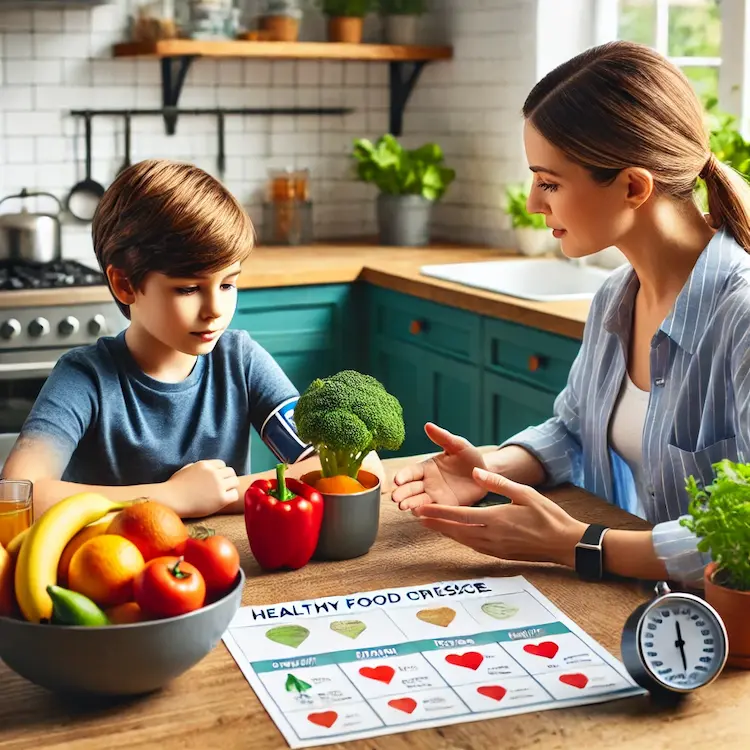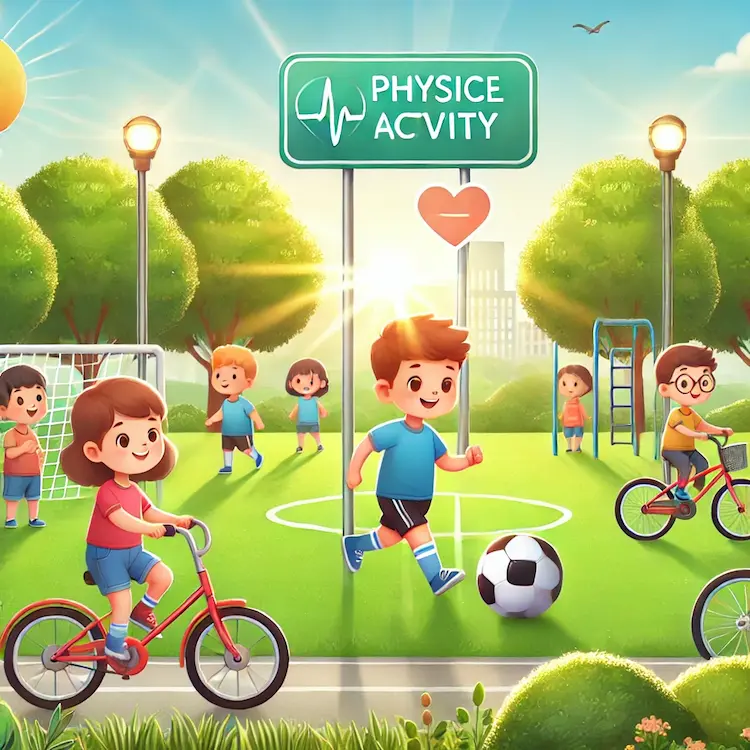Teaching Kids About Blood Pressure health is vital in fostering a foundation for lifelong wellness. Hypertension, often termed the “silent killer,” affects millions globally. While adults are the primary focus, instilling awareness in children equips them with the knowledge to make informed health choices early in life. This article explores the importance of teaching children about blood pressure health, breaking it into actionable steps, tools, and strategies for parents and educators.
Definition and Function: Blood pressure is the force exerted by circulating blood on the walls of arteries. It is measured in two values: systolic (pressure during a heartbeat) and diastolic (pressure between beats). Normal blood pressure for children varies by age, height, and gender.
Why It Matters: Maintaining healthy blood pressure ensures proper circulation, organ function, and overall health. High or low blood pressure in children, while less common, can indicate underlying health issues.

Use age-appropriate language to explain blood pressure. For younger kids, compare blood vessels to “pipes” and blood pressure to “water pressure” to create relatable analogies.
Create stories featuring characters who learn the importance of monitoring their health.
| Method | Advantages | Challenges |
|---|---|---|
| Educational Apps | Interactive, fun, and engaging | Requires access to devices and internet |
| Family Discussions | Encourages bonding and personalized learning | May lack structured information |
| School Programs | Comprehensive and consistent | Depends on school resources and staff training |
| Health Check-Up Kits | Hands-on learning experience | Costs and maintenance of equipment |

Teaching children about blood pressure health is an investment in their future. By understanding what blood pressure is, its significance, and how to maintain it, children can develop habits that promote lifelong wellness. Parents and educators play a pivotal role in imparting this knowledge through interactive, engaging, and practical approaches. Start the conversation today—your child’s health depends on it.